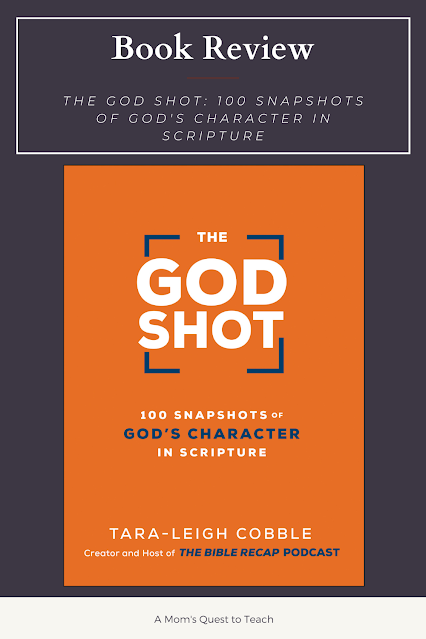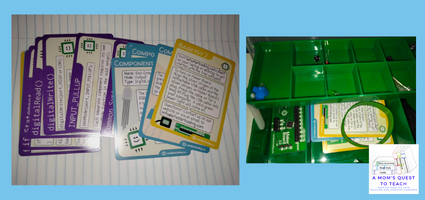I received a COMPLIMENTARY copy of
this book from the author in exchange for my honest opinion. I was not
required to write a positive review, nor was I compensated in any other way.
This post contains affiliate links. For more information, please see my Terms
of Use and Disclosure Policy page. Thank you.
Do you enjoy suspenseful fiction? Perhaps you are looking for a new series of books to read fall under action-adventure and juvenile fiction. In 2019, I reviewed the first in the Britfield series. This book was a hit with our oldest (who doesn't really enjoy reading). Last summer, I reviewed the second book, Britfield & The Rise of the Lion. And now I am sharing my thoughts about the third book — Britfield & The Return of the Prince.
Background Information
In the first book, we meet Tom and Sarah as they escape from an orphanage, travel in a balloon, and move through different parts of England. Just like the second two books, Britfield & The Lost Crown is packed with action and adventure. There is intrigue and mystery as we discover that Tom is actually the Britfield heir and the Britfields are the rightful heirs to the English throne.
Britfield & The Rise of the Lion is set in France. Again Tom and Sarah, along with the other characters who are attempting to help them (the members of the Resistance) face danger as they fight their way through the cities and countryside of France.
The Plot of Britfield & The Return of the Prince
During the second book, the Resistance releases information regarding the evil organization known as the Committee that is trying to maintain its power and control over the world. The Committee is trying to get a hold of Tom so they can maintain their control over the English throne. They do not hesitate to use force and violence to try and succeed.
At the very beginning of Britfield & The Return of the Prince, we see Tom and Sarah learning and working alongside Fontaine at an elite school. All does not remain well as the Committee strikes the school in an attempt to kidnap Tom. At the same time, they are attacking Devonbury Academy in Switzerland, the Committee hits numerous Resistance operations, computer systems, safe houses, and more. The Resistance is left attempting to keep their men and women safe.
We follow the main characters in the third book as they travel from safe house to safe house in Italy, attempting to find the second Britfield Codex and Tom's parents. They are also trying to reconnect, but a team of assassins and others in the Committee are making that near impossible. The Committee is no longer afraid to operate in the open to some extent, as they are using the police for blockades throughout all of Italy.
What Places Do We See?
There are many famous locations shared in Britfield & The Return of the Prince. This leaves homeschool parents with the opportunity to dig deeper into European history, especially that of Italy and the Roman Empire.
Some of the cities and locations you can study include:
- Lake Como
- Genoa
- Pisa
- Florence
- Basilica of Santa Maria del Popolo
- Rome
- Colosseum
- The Forum
What Art Is Mentioned?
- Rogier van Der Weyden's Lamentation of Christ
- Michelangelo's The Holy Family
- Leonardo da Vinci's Adoration of the Magi







.png)

.png)
.png)
.png)
.png)
.png)

.png)
.png)
.png)

.png)
.png)
.png)
.png)
.png)
.png)
.png)
.png)
%20(1).png)

.png)
.png)
.png)
